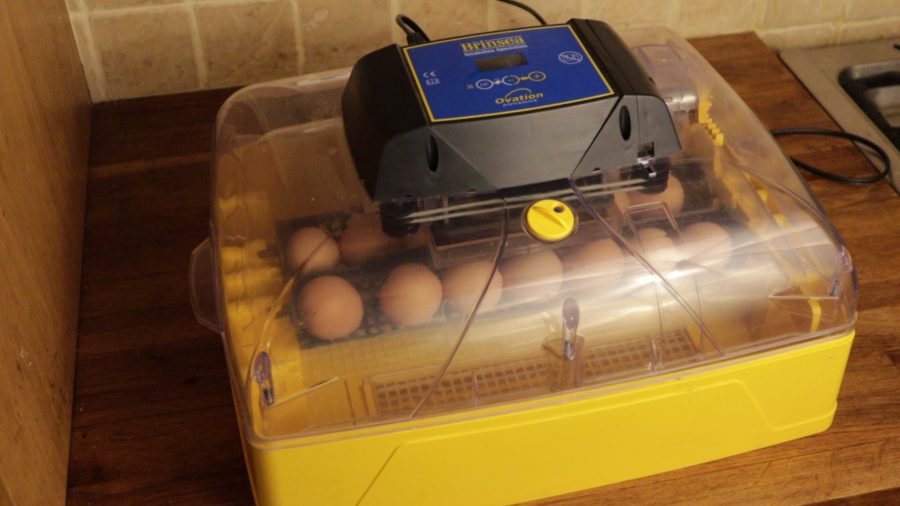For anyone wanting to increase the size of their flock, incubating eggs is a viable option. Fiona and Hugh Osborne guide you through the basics to get started.
WHY INCUBATE?
As smallholders we’re not cash rich, we are quality of life rich, but certainly not rolling in money. If we want to increase the size of our flock, buying Point of Lay hens has become very expensive. It’s normal to pay £45 plus for one single quality hen of a named breed from a reputable breeder. Even hybrid egg layers will set you back a considerable sum from a good breeder.
That means incubation becomes a viable option simply on the basis of cost, but why else would you want to incubate?
- What can be really appealing is that the number of breeds that are available to you to hatch are much higher than available Point of Lay hens, so your choice is much wider.
- If you have children, it’s a great educational experience watching the chicks hatch.
- It allows you to create a bond with the chicks from day one so if you want friendly hens, this is an excellent way to achieve it.
THE ELEPHANT IN THE ROOM
The big downside that anyone considering incubation needs to think about is cockerels.
On average, if you have two eggs, one will be a hen and the other a cockerel. Of course, if you only have two eggs, you have a 50% chance statistically of getting one hen and one cockerel, but you also have a 25% chance of getting two hens (hurray!) or, unfortunately, a 25% chance of getting 2 cockerels. Can you see the issue? Essentially, with every two eggs incubated, you have a 75% chance of getting at least one cockerel.
If you live in the middle of nowhere with no issue of noise, that may not be a problem, but if you intend to keep cockerels or mature cocks, you will need to check if there are any restrictions with your local council, your deeds, or in your rental agreement.
Before incubating, it’s best to have a plan for any males that you hatch. These are the options. It’s up to your personal circumstances to do what works for you:
- Keep them. Depending on the breed, cockerels may fight so if you intend to keep them it might be sensible to have a “bachelor flock”
- Sell. There is limited market for cockerels, even pure breed cockerels. To prevent feather wear, only one cockerel per eight hens is advisable
- Giveaway. Even giving away cockerels, there is still a very limited market and there are welfare issues associated with this.
- Cull on hatch.This is what the commercial hatcheries do.
- Grow to maturity & cull for the table. This is the option that most smallholders take as it provides food for the table as well as re-stocking hens in the flock.
INCUBATION PERIODS
If you’re starting out for the first time, eggs from different poultry species need incubating for different periods. Chicken eggs incubate for 21 days, ducks for 28 days, quail for 18 days, turkeys for 28 days and geese for 28 – 35 days depending on breed.
This article extract was taken from Practical Poultry in the February 2024 edition of The Country Smallholder. To read the article in full, and learn more from Fiona & Hugh about incubation, you can buy the issue here.
To receive regular copies of The Country Smallholder magazine featuring more articles like this, subscribe here.
For FREE updates from the world of smallholding, sign up for The Country Smallholder newsletter here.








